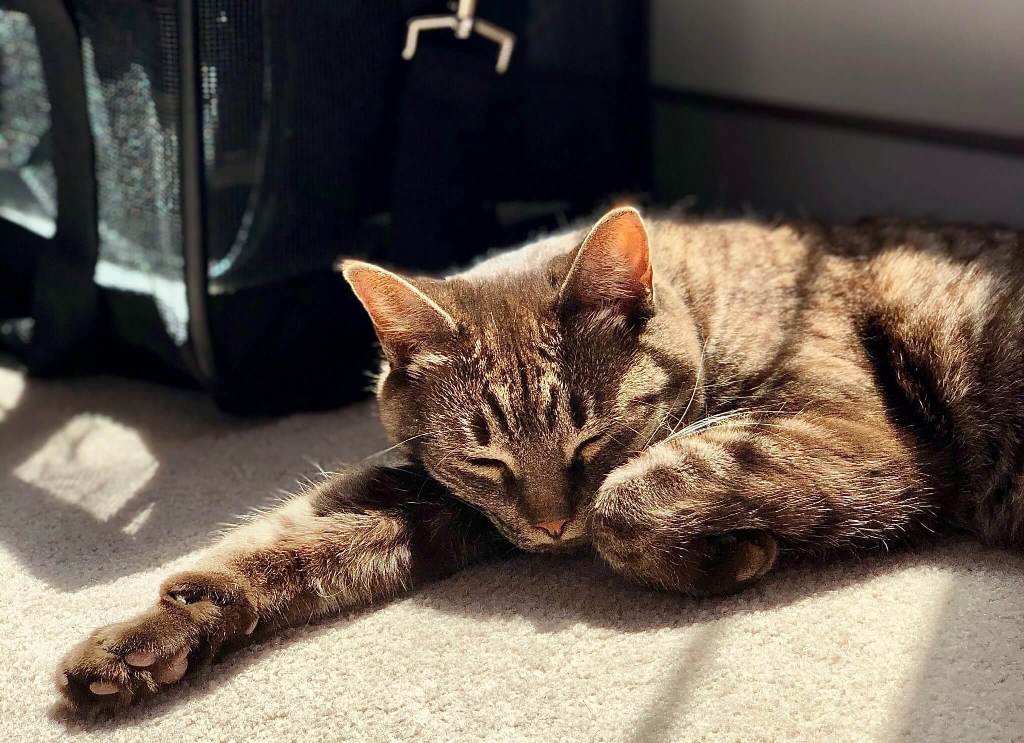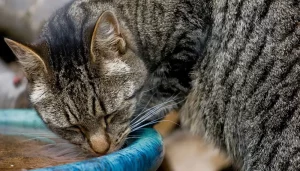Carrier training is beneficial for your cat.
It is easier to train your cat to accept the carrier and feel comfortable in it when you need to transport your cat to the vet or keep them contained briefly.
The carrier will teach your cat that it is safe and comfortable and they won’t fear being in one. Research shows that carrier training cats makes life easier for both you and your cat, as well as reducing stress at the vet and on the road.
Steps to get started
You will teach your cat that the carrier is good for him. This is simple and requires only that you place your carrier in a spot that your cat loves and that you put in a little effort each day. Cats that are food motivated learn quickly to associate treats and carriers with them. Training other cats takes more time.
Place your carrier in the open to allow it to set up. Place your cat in a quiet place that they are familiar with. Secure the door and make it a comfortable haven by placing a blanket inside. If your carrier has a top that can be removed (e.g. a hard-sided, plastic carrier), and your cat is not comfortable with it, you should only use the bottom half. To make the carrier more cave-like, some cats might like to have an extra towel draped over it. Please ensure that your pets are not tangled up in carriers if you have more than one pet.
Troubleshooting
Be sure to praise and reward your cat for being calm. Your cat may be stressed if he or she is constantly meowing, trying escape, or showing other stress behaviors. Return to the previous step of the training plan, where your cat was at ease. You don’t have to rush.
You will need to use a different method if you have to transport your cat in a carrier without them being fully trained. Gabapentin, which can be administered before your cat is fully trained, can be helpful in reducing stress. To calmly transfer your cat to a carrier, you will need to use gentle handling techniques.



